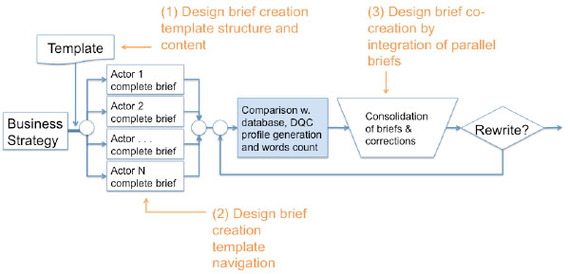
Managing New Product Development (NPD) can thus be daunting, especially since most project managers get one to two projects under their belt before either advancing or being let go. Because it is critical to focus on what is important, design teams use of key performance indicators (KPI) so they can manage expectations and so achieve higher satisfaction.
One example is a focus on delivering a high level of Design Quality, as defined by nine Design Quality Criteria – this has been shown to increase inventors’ interest in incremental as well as breakthrough innovative projects. Studies of INDEX: Award winners and finalists have shown that Design Quality and the probability of obtaining venture capital funding have a strong positive correlation. The riskier a project, the higher the level of Design Quality is required to be considered worthy of investment.
Knowledge workers and especially creative professionals are largely autonomous. As experts, they call the shots within their field while negotiating interdependencies among all professionals’ contributions. Since they cannot be micro managed but still must be shepherded, how do product design managers align multidisciplinary experts in an iterative process to deliver rapid quantifiable progress?
The Design Thinking process is one recent successful approach to managing the New Product Development Process. Spearheaded by Stanford University’s d.school and the closely associated design consultancy IDEO, anecdotal evidence suggests Design Thinking is an effective collaborative approach to identifying and creatively solving problems. In addition, it is a non-linear, iterative approach that focuses on user needs, articulating frameworks, and formulating a strategy.
At a high level, Design Thinking informs the conventional iterative design process addressing direction, design and development. At the conclusion of a design project, an “after action” phase takes place to identify learning so as to improve performance on subsequent iterations and projects. This fast cycle “acting – learning” is imperative.
For the Design Thinking process to improve performance, it is paramount to include design in the early business definition stages. Studies at Stanford Center for Design Research, Hanyang University and California State University Long Beach have shown that when design teams are included in strategic planning and strategic criteria are included in an Inspirational Design Brief, projects create more appropriate concepts as well as provide more value to investors.
Devising an Inspirational Design Brief is a real challenge. Informed by the business strategy and utilizing a template containing learning from previous after action reviews, each stakeholder (e.g., marketing, engineering, design) creates a brief. The content of these briefs are compared along with the content of previous briefs and new Design Quality Criteria are then derived. The resulting Inspirational Design Brief is then approved or rewritten.

The book contains insights from research that are more than balanced by implementation details, helpful suggestions, prescriptive organizational advice, managerial checklists, short case studies, successful examples, barriers, and “how-to’s”.
Design Thinking also has its limitations. The process is primarily useful when developing incremental innovations, addressing recognized needs or clarifying needs in combination with current or new technology. If breakthrough innovation, discovering needs, and developing new technology is the goal, then other approaches may be useful. Here, Gamification in Concept Design, Dark Horse Approach or Design Driven Innovation is a more appropriate method and will be addressed in a future article, ‘Design Methods for Incremental & Breakthrough Innovations.’
Co-written with Dr. K. Scott Swan, College of W&M and serving as Fulbright Hall Distinguished Chair in Entrepreneurship for Central Europe at WU in Vienna.
